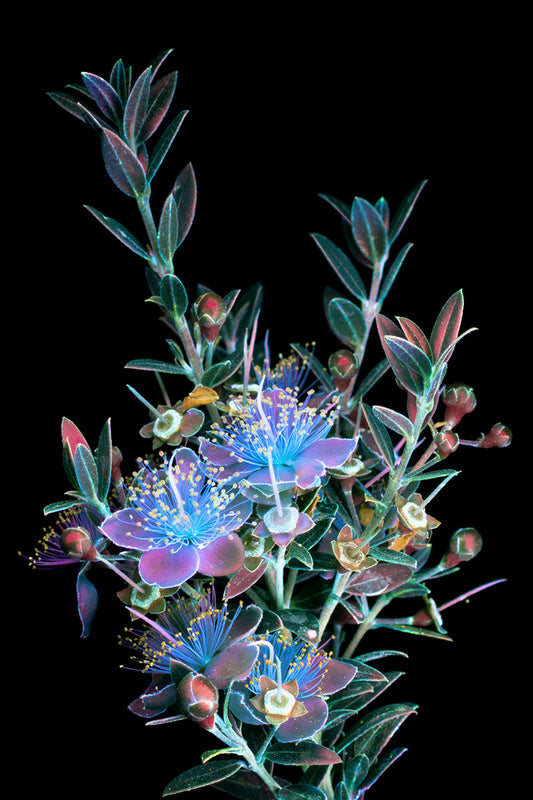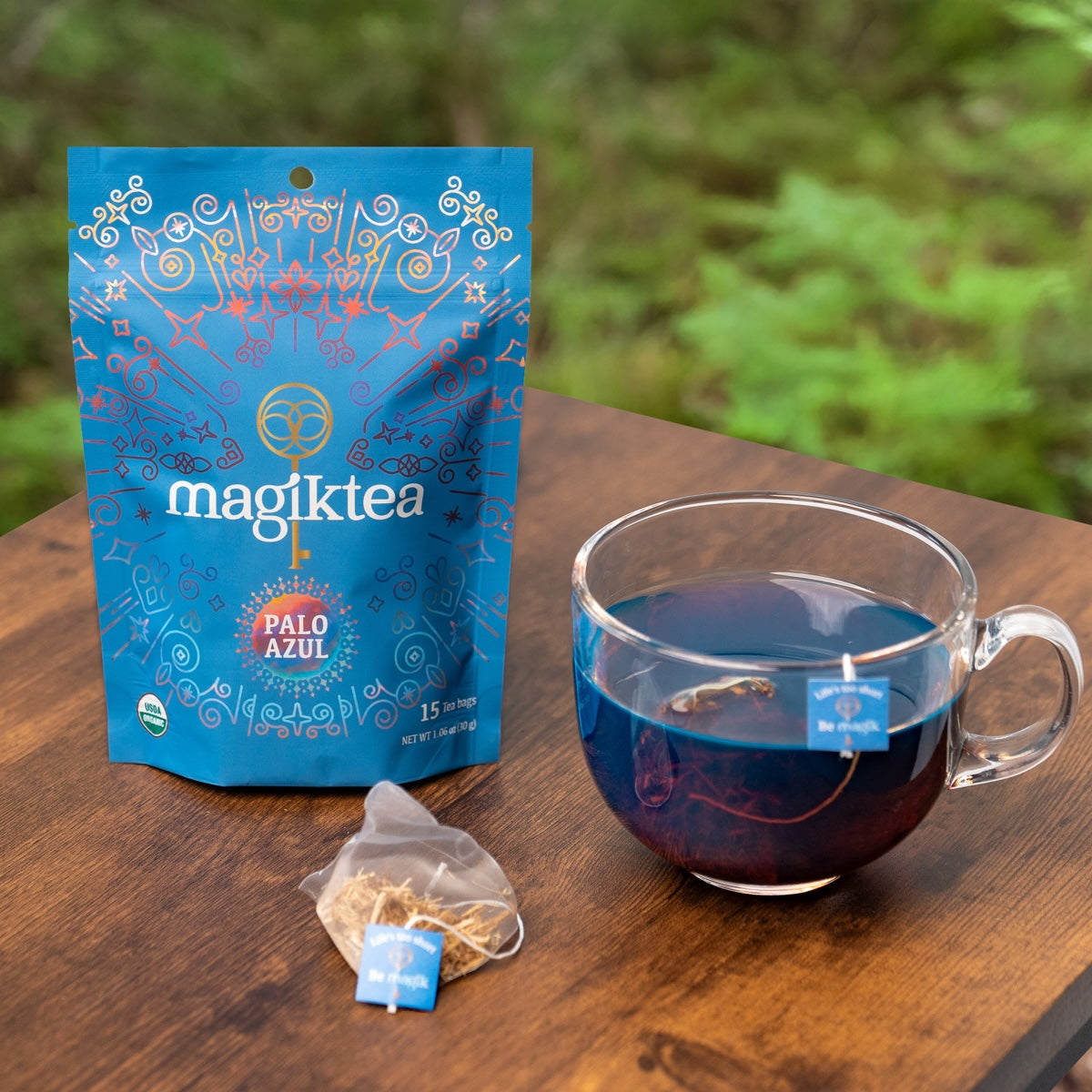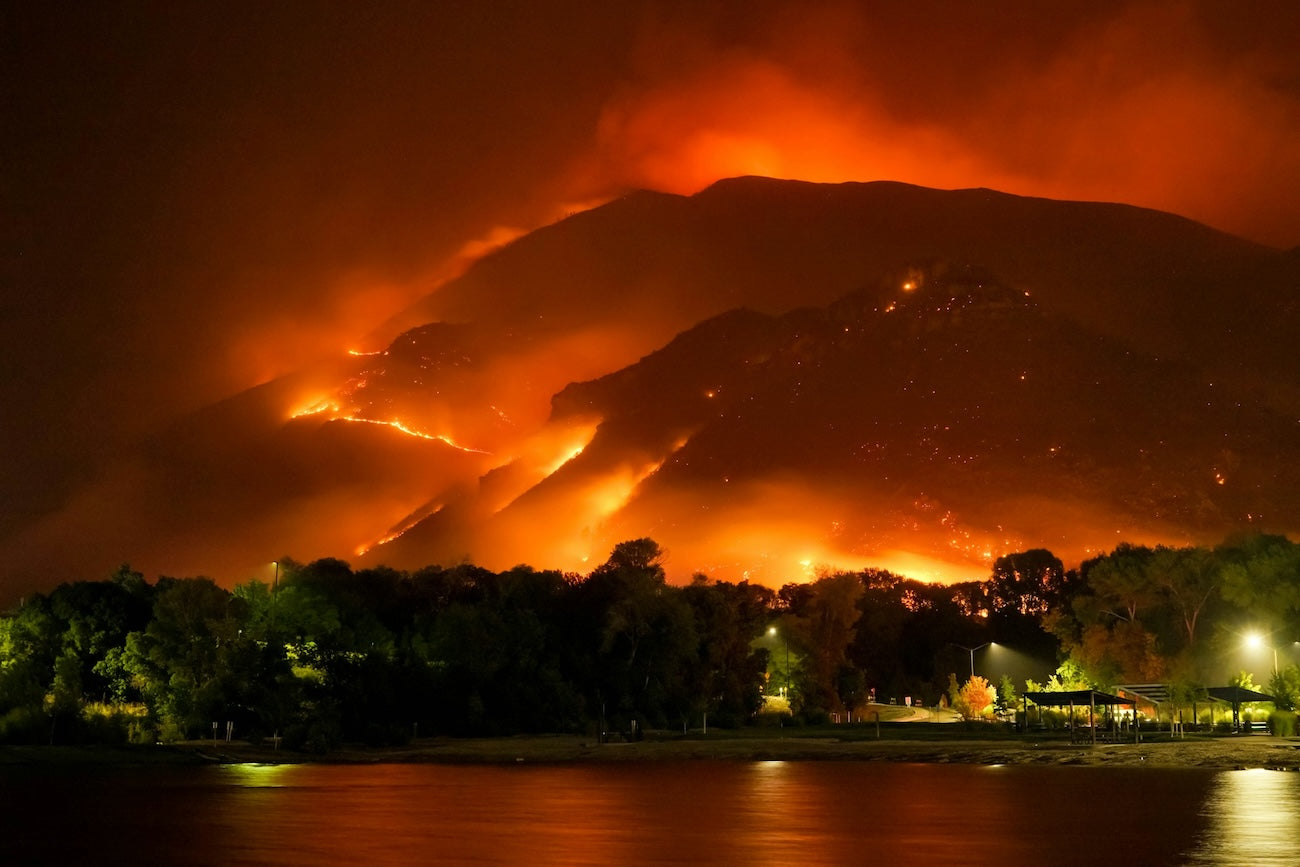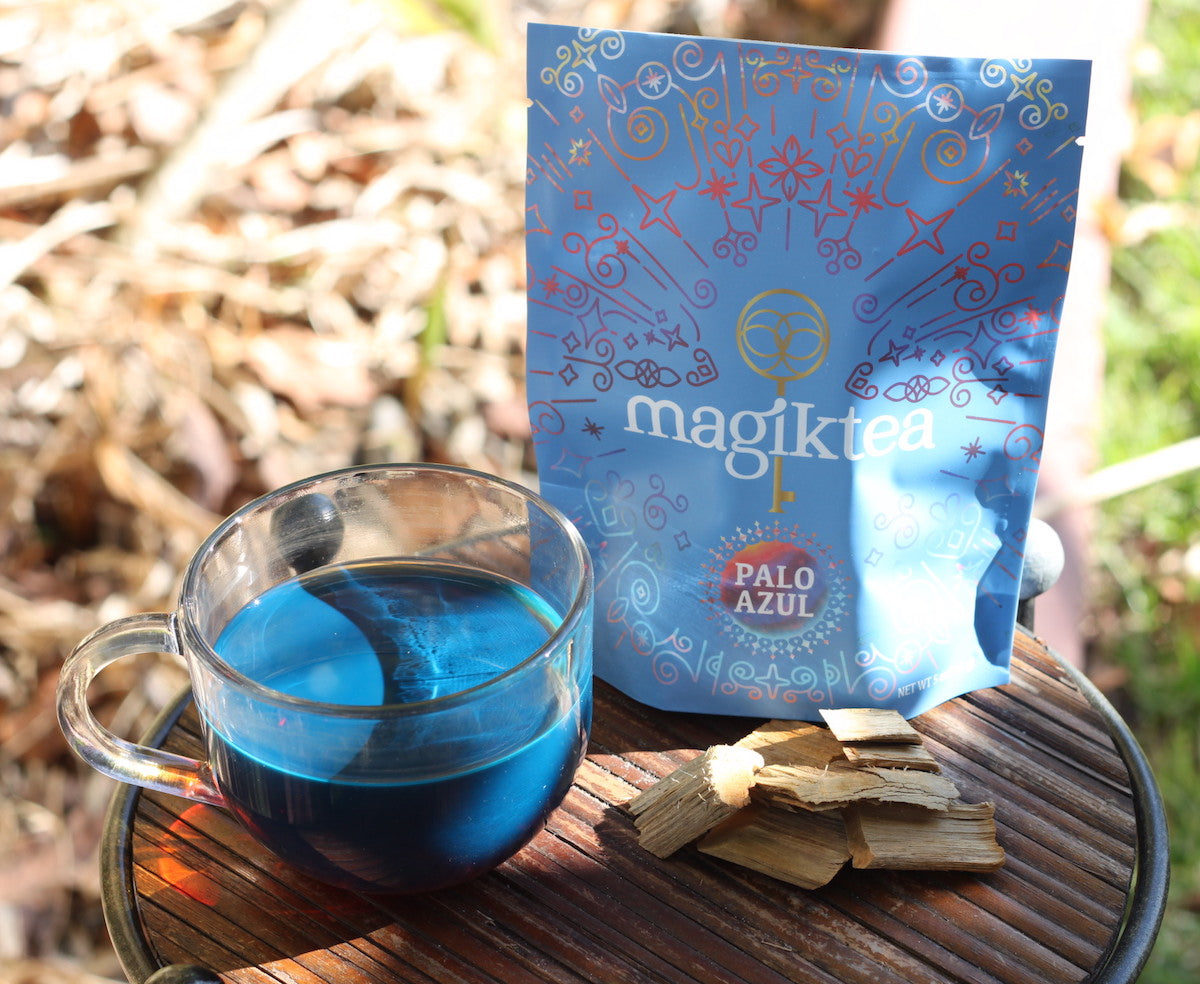Fluorescence Occurs Naturally in Plants, Animals and Minerals
Although the phenomenon of fluorescence seems pretty rare and unique, there’s actually been plenty of recent evidence that fluorescence can be found everywhere in nature! Hundreds of studies have observed naturally occurring fluorescence in multiple species of plants, flowers, aquatic animals, terrestrial animals, birds and minerals. In fact, a 2014 study “identified 50 families, 105 genera and 180 species of bioluminescent fishes.”
* The difference between fluorescence and bioluminescence is that bioluminescent creatures generate light via chemical reactions, whereas fluorescent creatures need to absorb high energy light in order to fluoresce.
Why Does Nature Fluoresce?
1. Protection

2005 Fernando Gandía-Herrero, Josefa Escribano and Francisco García-Carmona, Science News
The researcher who first discovered the naturally fluorescent four o’clock flowers suggests that a “possible benefit from fluorescence is protection from destructive bursts of free radicals triggered by environmental stresses.” This suggestion is supported by a 2020 study which concluded that "fluorescence confers tolerance to lethal UV radiation” and certain plants “possess a protective fluorescent shield that absorbs harmful UV radiation and emits harmless blue light.”
A 2021 article about biofluorescence in mammals suggests that fluorescence “could be a way for some species to rid themselves of dietary toxins by depositing the harmful chemicals in their fur.” A 2020 study which echoes this hypothesis mentions that “physiological roles have been attributed to fluorescent proteins, ranging from communication and predation to UV protection.”
2. Communication
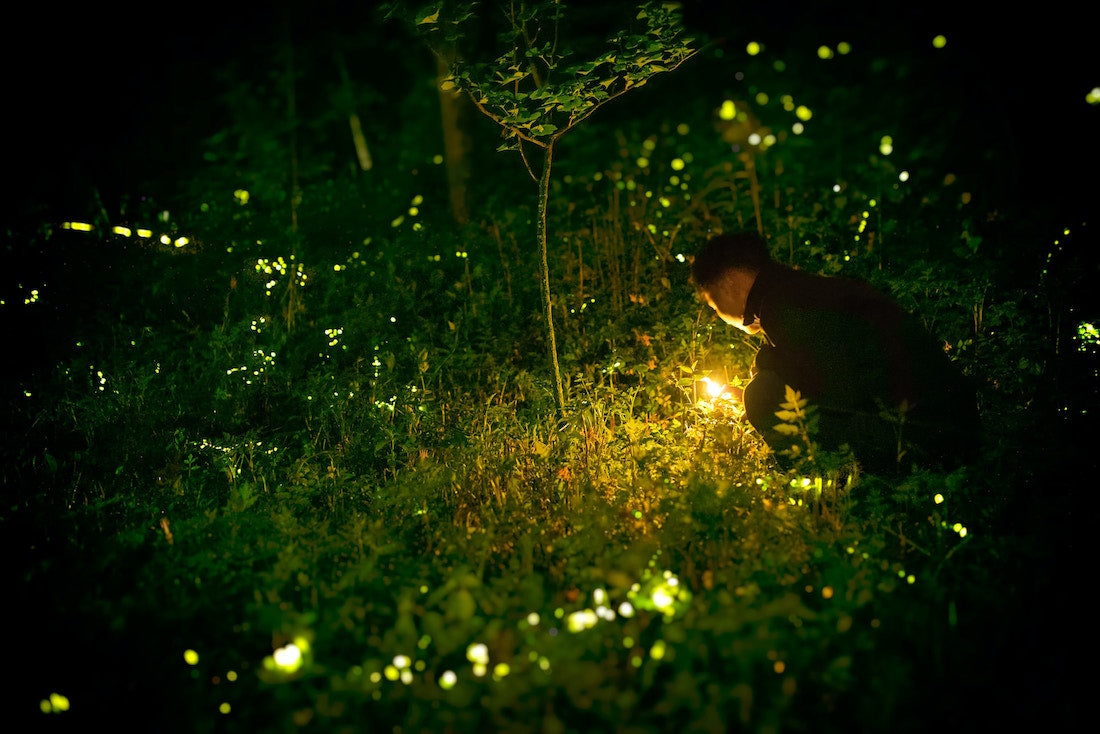
As the previous study mentioned, fluorescence in animals and plants could also have evolved as a means of communication. A 2020 study also mentions that “fluorescence provides a visual communication signal.” Interestingly, a 2021 article says that “a growing body of research also indicates that nocturnal mammals can see ultraviolet light, raising the possibility that these species can see in ways that we can’t, unless we have a special flashlight.”
A 2017 article explains the following: “Fluorescence in living creatures appears most often in marine life. Because water filters both incident and reflected light, visible signaling based on pigmentation can be unreliable under water. Color added using fluorescence (typically green, orange or red) is more visible because the spectrum of the light emitted is at a higher contrast with the predominantly blue illumination of aquatic settings."

The previous article also mentions that “Budgerigars (a type of parrot) have yellow fluorescent feathers on their cheeks and crown, which is used in courtship displays.” A 2014 study similarly concludes that the evolution of fluorescence “suggests a previously unrecognized role in communication, including mating behavior as has been observed in parrots.

Epop, Public domain, via Wikimedia Commons
This same tactic is also used by mushrooms. An article hypothesizes that mushrooms use fluorescence to “attract the insects that eat it and thus help to spread its spores.”
3. Camouflage
 © 2014 Sparks et al. The Covert World of Fish Biofluorescence
© 2014 Sparks et al. The Covert World of Fish Biofluorescence
The previous study mentions that “fluorescence may be exploited in fishes to produce visual contrast and patterns in otherwise cryptically patterned or camouflaged species that blend in well on the reef in shallow sunlit waters.” Additionally, it concludes that “the possibility exists that marine fishes are using biofluorescence for a variety of functions, including communication (species recognition, mating), predator avoidance, and potentially even prey attraction/predation.”
Lastly, a 2021 article also suggests that fluorescence “could be a form of camouflage, creating “visual noise” to confuse predators who are sensitive to UV light.
Examples of Nature's Fluorescence
Now that we know the evolutionary reasons for fluorescence in nature, let's enjoy the alluring beauty that nature's fluorescent creatures have to offer!
Naturally Fluorescent Plants
Naturally, we'll start with the magical palo azul plant. This particular plant is pretty unique in that the bark itself produces a green fluorescence when shined with a UV flashlight...but when it is brewed in water, it produces a beautiful blue fluorescence! You can learn more specifics about palo azul's fluorescence here: Why is Palo Azul Blue & Fluorescent?
Palo azul

Palo azul tea

Four O' Clock Flowers

2005 Fernando Gandía-Herrero, Josefa Escribano and Francisco García-Carmona, Science News
Hawthorn flowers

©2017 Craig Burrows
Bee balm flower

©2017 Craig Burrows
White hollyhock

©2017 Craig Burrows
Kangaroo paws flower

©2017 Craig Burrows
Ice plant flower

©2017 Craig Burrows
Jade plant flower

©2017 Craig Burrows
Juvenile blanket flower

©2017 Craig Burrows
Mexican sunflower

©2017 Craig Burrows
Narcissus flowers

©2017 Craig Burrows
Plains coreopsis

©2017 Craig Burrows
Succulent flowers

©2017 Craig Burrows
Naturally Fluorescent Animals


© 2017 Justin Marshall and Sonke Johnsen, The Royal Society
Blue Kingfisher bird

Frogs

Scorpions

Bioluminescent plankton


Jellyfish



Shark and other fish

© 2014 Sparks et al. The Covert World of Fish Biofluorescence
Naturally Fluorescent Minerals

2016 Hannes Grobe/AWI CC BY-SA 2.5
Opal stone

Rob Lavinsky, iRocks.com – CC-BY-SA-3.0, via Wikimedia Commons
Yooperlites
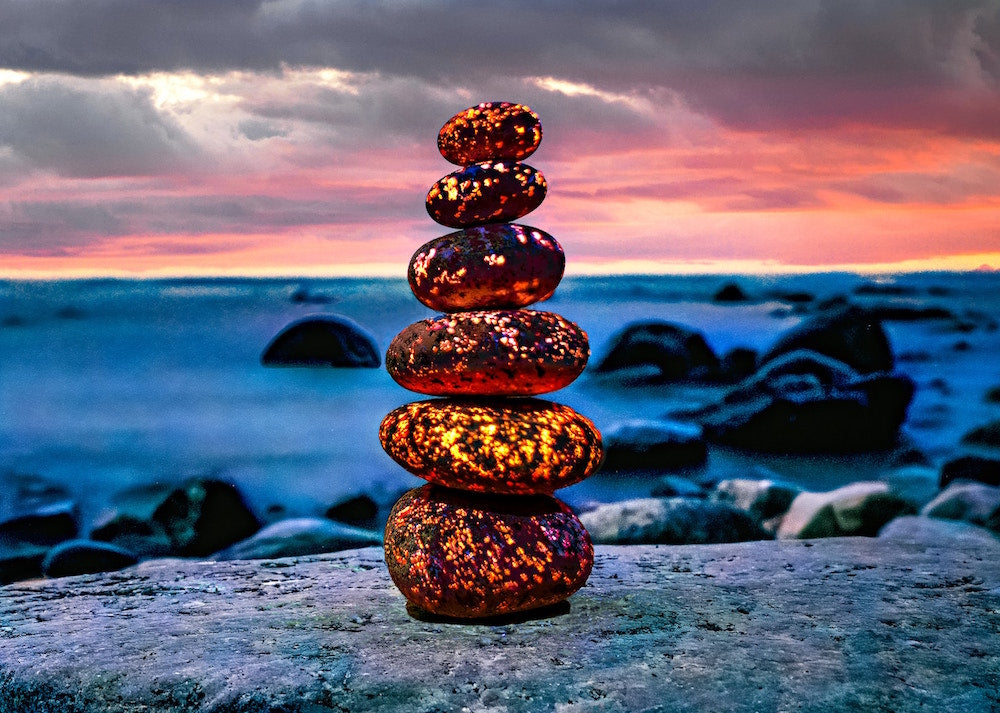

Fluorite

Masha Milshina, CC BY 4.0, via Wikimedia Commons

Rob Lavinsky, iRocks.com – CC-BY-SA-3.0, via Wikimedia Commons
Nature is Full of Magic!
Sources
(2017) Remarkable Photos Capture the Light That Plants Emit
(2014) Bioluminescent Species that Light Up the World
(2015) Bright blooms that glow
(2005) Day-Glo Flowers: Some bright blooms naturally fluoresce
(2017) Naturally fluorescent amphibian found in Amazon basin
(2016) Fluorescence as a means of colour signal enhancement
(2020) Salamanders and other amphibians are aglow with biofluorescence
(2020) Sea as a color palette: the ecology and evolution of fluorescence
(2017) Surfing the Light Waves: Shrimp, Coral, Turtles and Other Fluorescent Organisms
(2021) When Mammals Glow in the Dark
(2021) 11 Animals You Wouldn't Expect to Glow
(2011) How a Jellyfish Protein Transformed Science
(2018) Forbes: Michigan Man Discovers Strange Glowing Rocks In The Upper Peninsula
12 Rocks & Minerals That Glow Under UV Light & Black Light


